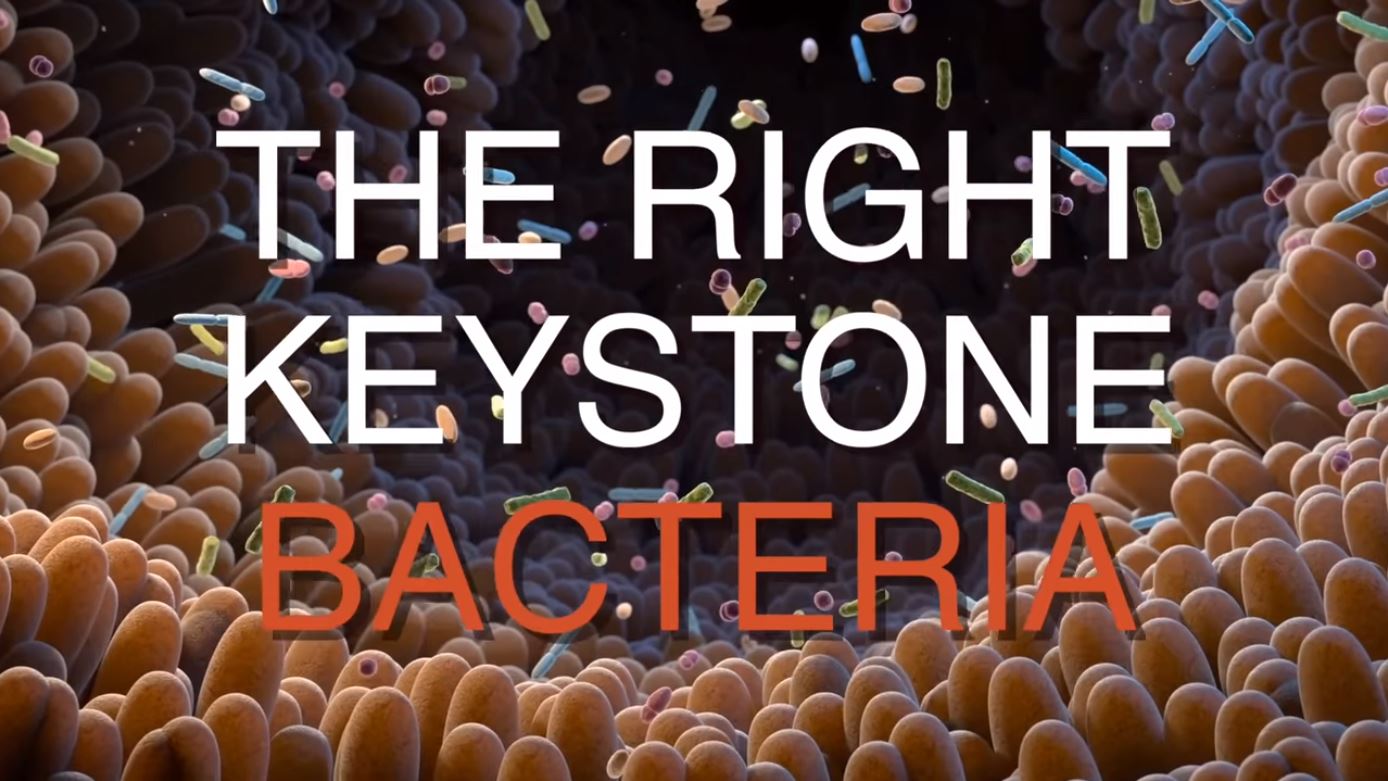
Samsel on Glyphosate Safety Tests
Dr. Anthony Samsel got the US-EPA to reopen files containing safety tests on Glyphosate that had been sealed since 1981 as “Trade Secret” on request of Monsanto. In those files of thousands of pages of data, Dr. Samsel found enough evidence that prompts him to say that Glyphosate is not just a “probable” carcinogen – it is unequivocally a carcinogen. He is legally bound not to show the documents to anybody, but is allowed to say what he feels about them. Here he is speaking about them to me.
Part 1
https://www.youtube.com/watch?v=13yO9VpjwLQ
Part 2
Microalgae Data
Amira Willighagen – O Mio Babbino Caro
 If you don’t want to cry tears of joy, skip this!
If you don’t want to cry tears of joy, skip this!
Drug Expiry Dates Don’t Matter
You should never take a medication that has passed its expiration date, right? After all, it’s probably completely ineffective. And it might even be toxic.
Well, I have some news for you. Expiration dates mean little to nothing. And here’s how we know:
Some folks at the US Department of Defense noticed that they had large and expensive stockpiles of drugs that were past their expiration date. So they commissioned the FDA to test these expired drugs to see if they were still usable.
Now if you’re a regular reader, you know that I often disagree with the FDA. But in this particular instance, the FDA did a great job.
They looked at over 100 common prescription and over-the-counter drugs. And what they found was astonishing: 90% of the drugs tested were still good 15 years after their expiration date! And some of them were still good 25 years after expiration!
At this point, you may be wondering why there’s such a big gap between expiration dates and drug effectiveness.
One reason is that there are no rules about how long manufacturers have to test drugs for effectiveness. If they want to test for only 6 months, they can do that. If they want to test longer, they can do that, too. It’s entirely up to them.
And here’s the rub: It’s not in the drug companies’ interest to have longer expiration periods.
Francis Flaherty was the director of the FDA drug-testing program for years. He told The Wall Street Journal that “manufacturers put expiration dates on for marketing, rather than scientific, reasons. It’s not profitable for them to have products on a shelf for 10 years. They want turnover.”
Unfortunately, hospitals, clinics, and pharmacies still go by the expiration dates set by the drug companies. That means you and I are expected to replace medications when the drug companies want us to, even if they’re still perfectly good.
Joel Davis is a former FDA expiration-date compliance chief. He also spoke to The Wall Street Journal, and told them “most drugs degrade very slowly.” And he went on to say, “in all likelihood, you can take a product you have at home and keep it for many years, especially if it’s in the refrigerator.”
So what should you do?
Well first of all, you should be aware of some important exceptions. Nitroglycerin, insulin, and liquid antibiotics are very sensitive to decay. So if you use these medications, you need to make sure they’re up to date.
Second, if you have medications you use for life-threatening conditions, I recommend that you keep those up to date, too.
For everything else, you can use unopened medications for at least two years past their expiration date.
The Taste Of Food

There are other enzymes in saliva that act on fat and protein, and control how we perceive food. The composition of saliva in each person is different. It changes throughout the day, and is influenced by what you eat, what exercise you have done, your mood, and even whether it is light or dark outside.
https://insidefmcg.com.au/2017/05/31/the-science-of-taste/#daily
Antibiotic Induced Dysbiosis And Some Solutions

A great video by Dr Berg who interviews the author of ’Wheat Belly’ and ’Super Gut’.
Keystone bacteria
- 1. Prevotella
- 2. Akkermansia
- 3. Faecalibacterium
- 4. Ruminococcus
- 5. Bacteroides Fragilis
- 6. Lactobacillus Reuteri
Polyphenols
From Green Tea, Garlic, Onions and Asparagus.
Fermented foods
Like sauerkraut, kimchi, pickled vegetables.
How Glycine Fights Viruses
Collagen accounts for about 30% of the total protein in your body; 28% of collagen, in turn, is made up of the amino acid glycine
Glycine is the amino acid with the highest concentration in connective tissue. Its benefits go far beyond connective tissue health as glycine has anti-inflammatory effects, acts as a neurotransmitter, and plays an important role in the epigenetic regulation that drives the aging process
Glycine helps protect against viruses by reinforcing the extracellular matrix, which acts as a physical barrier to infectious agents such as bacteria, fungi and viruses
Most people need 8.5 to 10 grams more glycine than what their bodies can synthesize in a day.
https://www.globalresearch.ca/how-glycine-fights-viruses/5841367
Almost Pizza
A SNL skit.
Corn Syrup
A SML skit.
